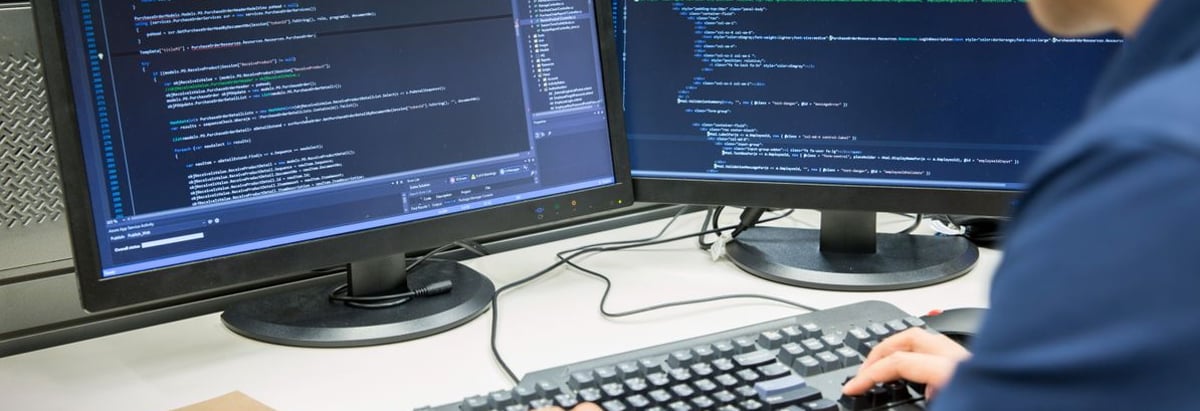Stock Analysis
Following a 26% decline over last year, recent gains may please Digital Arts Inc. (TSE:2326) institutional owners

Key Insights
- Given the large stake in the stock by institutions, Digital Arts' stock price might be vulnerable to their trading decisions
- The top 9 shareholders own 51% of the company
- Insiders own 22% of Digital Arts
To get a sense of who is truly in control of Digital Arts Inc. (TSE:2326), it is important to understand the ownership structure of the business. We can see that institutions own the lion's share in the company with 44% ownership. Put another way, the group faces the maximum upside potential (or downside risk).
Institutional investors would probably welcome last week's 11% increase in the share price after a year of 26% losses as a sign that returns may to begin trending higher.
Let's delve deeper into each type of owner of Digital Arts, beginning with the chart below.
See our latest analysis for Digital Arts
What Does The Institutional Ownership Tell Us About Digital Arts?
Many institutions measure their performance against an index that approximates the local market. So they usually pay more attention to companies that are included in major indices.
Digital Arts already has institutions on the share registry. Indeed, they own a respectable stake in the company. This suggests some credibility amongst professional investors. But we can't rely on that fact alone since institutions make bad investments sometimes, just like everyone does. When multiple institutions own a stock, there's always a risk that they are in a 'crowded trade'. When such a trade goes wrong, multiple parties may compete to sell stock fast. This risk is higher in a company without a history of growth. You can see Digital Arts' historic earnings and revenue below, but keep in mind there's always more to the story.
Digital Arts is not owned by hedge funds. With a 22% stake, CEO Toshio Dogu is the largest shareholder. The second and third largest shareholders are Legal & General Investment Management Limited and Mirae Asset Global Investments Co., Ltd., with an equal amount of shares to their name at 4.9%.
On further inspection, we found that more than half the company's shares are owned by the top 9 shareholders, suggesting that the interests of the larger shareholders are balanced out to an extent by the smaller ones.
While it makes sense to study institutional ownership data for a company, it also makes sense to study analyst sentiments to know which way the wind is blowing. While there is some analyst coverage, the company is probably not widely covered. So it could gain more attention, down the track.
Insider Ownership Of Digital Arts
The definition of an insider can differ slightly between different countries, but members of the board of directors always count. Management ultimately answers to the board. However, it is not uncommon for managers to be executive board members, especially if they are a founder or the CEO.
Insider ownership is positive when it signals leadership are thinking like the true owners of the company. However, high insider ownership can also give immense power to a small group within the company. This can be negative in some circumstances.
Our most recent data indicates that insiders own a reasonable proportion of Digital Arts Inc.. Insiders own JP¥13b worth of shares in the JP¥59b company. We would say this shows alignment with shareholders, but it is worth noting that the company is still quite small; some insiders may have founded the business. You can click here to see if those insiders have been buying or selling.
General Public Ownership
With a 32% ownership, the general public, mostly comprising of individual investors, have some degree of sway over Digital Arts. While this group can't necessarily call the shots, it can certainly have a real influence on how the company is run.
Next Steps:
It's always worth thinking about the different groups who own shares in a company. But to understand Digital Arts better, we need to consider many other factors. For instance, we've identified 2 warning signs for Digital Arts that you should be aware of.
Ultimately the future is most important. You can access this free report on analyst forecasts for the company.
NB: Figures in this article are calculated using data from the last twelve months, which refer to the 12-month period ending on the last date of the month the financial statement is dated. This may not be consistent with full year annual report figures.
New: Manage All Your Stock Portfolios in One Place
We've created the ultimate portfolio companion for stock investors, and it's free.
• Connect an unlimited number of Portfolios and see your total in one currency
• Be alerted to new Warning Signs or Risks via email or mobile
• Track the Fair Value of your stocks
Have feedback on this article? Concerned about the content? Get in touch with us directly. Alternatively, email editorial-team (at) simplywallst.com.
This article by Simply Wall St is general in nature. We provide commentary based on historical data and analyst forecasts only using an unbiased methodology and our articles are not intended to be financial advice. It does not constitute a recommendation to buy or sell any stock, and does not take account of your objectives, or your financial situation. We aim to bring you long-term focused analysis driven by fundamental data. Note that our analysis may not factor in the latest price-sensitive company announcements or qualitative material. Simply Wall St has no position in any stocks mentioned.
Have feedback on this article? Concerned about the content? Get in touch with us directly. Alternatively, email editorial-team@simplywallst.com
About TSE:2326
Digital Arts
Develops and markets internet security software and appliances in Japan, the United States, Europe, and the Asia Pacific.

